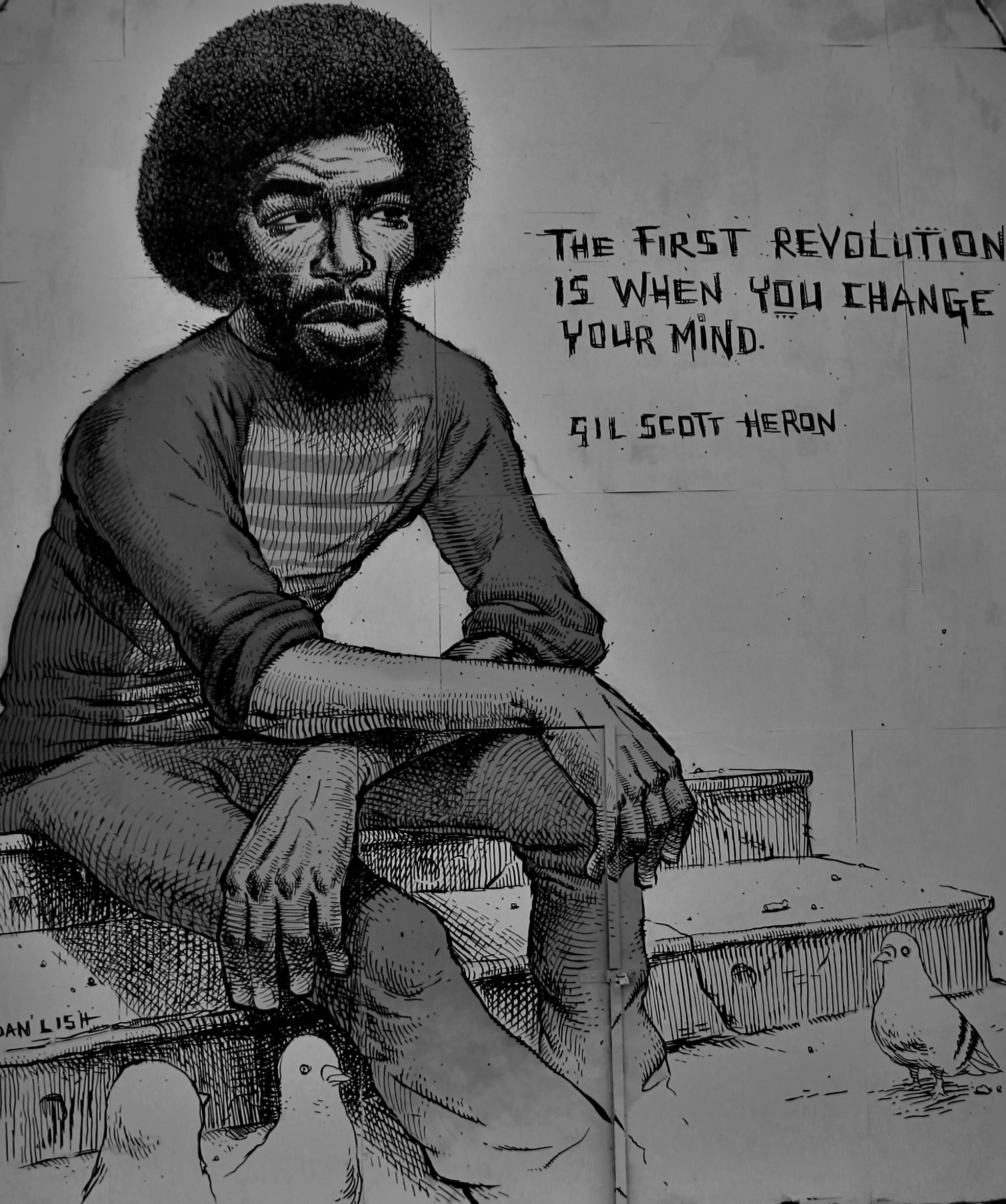Advanced Paraphrasing Tool
 Machine Learning based: where paraphrases are created automatically from the data. Deep Learning and Generative Adversarial Networks (GANs), as well as Reinforcement Learning models are only examples of the techniques used for automatic paraphrasing. In fact, paraphrasing can even be treated as a language translation challenge, often performed using a bilingual corpus pivoting back and forth. But, everything changed since the creation of Transformers, a novel Artificial Neural Network model that completely revolutionized the paraphrasing landscape, as well as many others NLP tasks. Introduced in 2017, Transformers rapidly showed effective results at modeling data with long-range dependencies. Originally thought to solve NLP tasks, the application of Transformers has expanded reaching incredible accomplishments in many disciplines. GPT: developed by OpenAI, Generative Pre-trained Transformer (GPT) models require a small amount of input text to generate large volumes of relevant and sophisticated outputs. BERT: or Bidirectional Encoder Representations from Transformers, is one giant model designed by Google. While being conceptually simple, BERT obtains new state-of-the-art results on eleven NLP tasks, including question answering, named entity recognition and other tasks related to general language understanding.
Machine Learning based: where paraphrases are created automatically from the data. Deep Learning and Generative Adversarial Networks (GANs), as well as Reinforcement Learning models are only examples of the techniques used for automatic paraphrasing. In fact, paraphrasing can even be treated as a language translation challenge, often performed using a bilingual corpus pivoting back and forth. But, everything changed since the creation of Transformers, a novel Artificial Neural Network model that completely revolutionized the paraphrasing landscape, as well as many others NLP tasks. Introduced in 2017, Transformers rapidly showed effective results at modeling data with long-range dependencies. Originally thought to solve NLP tasks, the application of Transformers has expanded reaching incredible accomplishments in many disciplines. GPT: developed by OpenAI, Generative Pre-trained Transformer (GPT) models require a small amount of input text to generate large volumes of relevant and sophisticated outputs. BERT: or Bidirectional Encoder Representations from Transformers, is one giant model designed by Google. While being conceptually simple, BERT obtains new state-of-the-art results on eleven NLP tasks, including question answering, named entity recognition and other tasks related to general language understanding.
 Paraphrasing online tool: Fast, Reliable & User-friendly. Perfect For Writers & Professionals. Get Quick And Accurate Scans For AI Plagiarism. Ideal For Writers. Try Now. AI-based tool to Improve writing, style, and persuasion for any writing project. Your 24/7 AI writing assistant for content generation, research, rewriting, and more. Prévisualisez les sites directement depuis notre page de résultats de recherche tout en gardant votre visite complètement anonyme. Quickly rephrase and reword any text for essays, articles, emails, and more. Have you tried AI Content Helper? Give your content a competitive edge with Ahrefs’ data. Available for all paid subscribers while in beta. Prévisualisez les sites directement depuis notre page de résultats de recherche tout en gardant votre visite complètement anonyme. What is a paraphrasing tool? A paraphrasing tool is an AI-powered solution to help you quickly reword text by replacing certain words with synonyms or restructuring sentences. A paraphraser is ideal for rephrasing articles, essays, and various types of content, making the rewriting process seamless and effective.
Paraphrasing online tool: Fast, Reliable & User-friendly. Perfect For Writers & Professionals. Get Quick And Accurate Scans For AI Plagiarism. Ideal For Writers. Try Now. AI-based tool to Improve writing, style, and persuasion for any writing project. Your 24/7 AI writing assistant for content generation, research, rewriting, and more. Prévisualisez les sites directement depuis notre page de résultats de recherche tout en gardant votre visite complètement anonyme. Quickly rephrase and reword any text for essays, articles, emails, and more. Have you tried AI Content Helper? Give your content a competitive edge with Ahrefs’ data. Available for all paid subscribers while in beta. Prévisualisez les sites directement depuis notre page de résultats de recherche tout en gardant votre visite complètement anonyme. What is a paraphrasing tool? A paraphrasing tool is an AI-powered solution to help you quickly reword text by replacing certain words with synonyms or restructuring sentences. A paraphraser is ideal for rephrasing articles, essays, and various types of content, making the rewriting process seamless and effective.
By regularly practicing this skill, learners become more adept at breaking down complex texts, making it easier for them to analyze and interpret various forms of writing, whether it be fiction, non-fiction, or academic material. Paraphrasing worksheets also encourage the development of a more versatile vocabulary. When rewording a sentence or passage, students are challenged to use synonyms and alternative phrasing without altering the intended meaning. This stretches their vocabulary and exposes them to new words and expressions, making them more confident in their language use. Additionally, it helps them become more aware of subtle differences in meaning between words, fostering precision in their writing and communication. For those looking to improve their writing skills, paraphrasing exercises are invaluable. They help learners practice creating original text that avoids plagiarism while still accurately conveying information. This is a crucial skill for academic and professional writing, where originality and clarity are paramount. By working on these worksheets, students gain confidence in producing their own work and learn how to structure their sentences and ideas in a clearer and more coherent manner.
Oppositely, the main difference between quoting, paraphrasing, and summarizing is that quoting is done word for word from the original work. Both paraphrasing and summarizing only touch on the key points and are written with some variation from the initial author’s work, usually in the style and tone of the new author. When comparing just the latter two, paraphrased material tends to be closer in length to the actual material, because it only slightly condenses the original passage. On the other hand, a summary is most likely significantly shorter than the original author’s work since this method only pulls from the most important points. It is extremely common to utilize the previous writing of others, especially in academic writing. These original works enhance the quality and honesty of one’s work while also providing backing and emphasis to the points made. Quoting, paraphrasing, and summarizing are all strategies for incorporating the thoughts, ideas, research, and writing from another author in one’s own work. The three methods explained are also safe strategies to employ to avoid accidental plagiarism of the original passage. Another strategy to ensure one’s writing is properly quoted, paraphrased, and summarized is by using a plagiarism checker. Quetext provides an easy-to-use plagiarism checker that verifies the originality of work and can create citations for any sources cited throughout the paper.
Correct: A man pleaded not guilty to residential burglary even though he switched furniture with his neighbors while they were away. He was drunk at the time and claimed he thought his neighbors had moved and abandoned their furniture (“Police: Man Swapped furniture while neighbors away”). Original source: “A 68-year-old Gastonia man says he scared off two men in ski masks trying to break in his home with his gun he can keep on his walker. Incorrect: A 68-year-old man scared off two men trying to break into his home. He had a gun on his walker. He taped a note to his door to warn them. It said he would be waiting for them if they came back” (“Man Scares off Thieves with Gun on Walker”). This paraphrase uses too many of the same word choices, but it also contains another error. Simply breaking a paraphrase into multiple sentences does not mean you’re writing it in your own words. Correct: Two men attempted to break into a 68-year-old man’s home; however, they were scared off by the gun the man kept on his walker. Remember these three tips to paraphrase like a pro. 1. Include key points and sub-points from the original source. 2. Write a paraphrase in your own words and use your own sentence structure. 3. Always cite a paraphrase. Still worried you don’t quite know how to paraphrase? Read How to Avoid Plagiarism: Paraphrasing and Summarizing and Summarizing, Paraphrasing, and Quoting. Don’t forget to have our Kibin editors review your paper. While they can’t paraphrase your document for you, they can make sure that your paraphrasing makes sense and is grammatically correct!